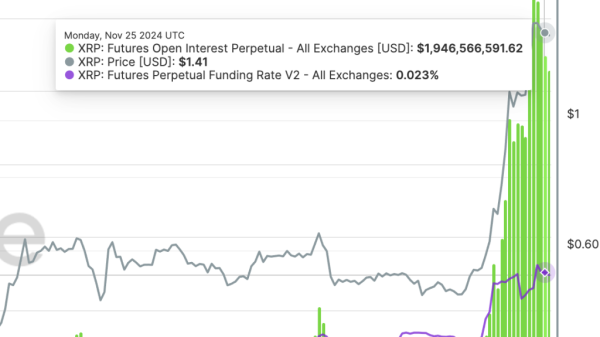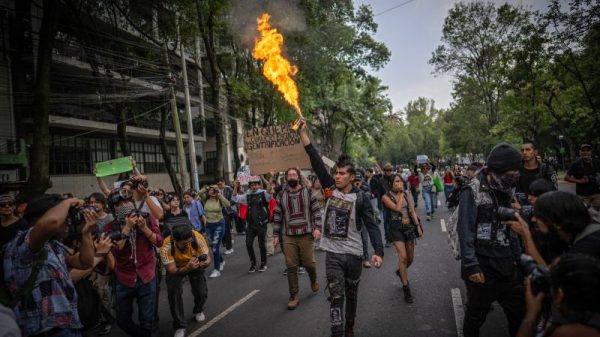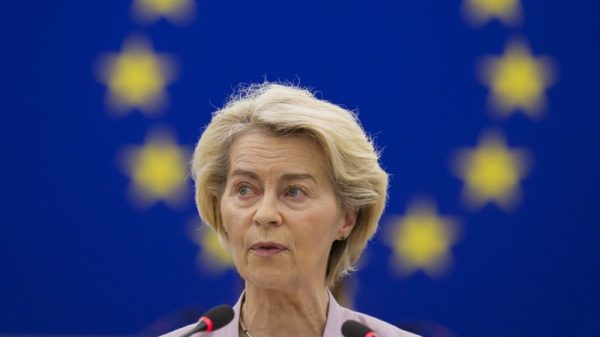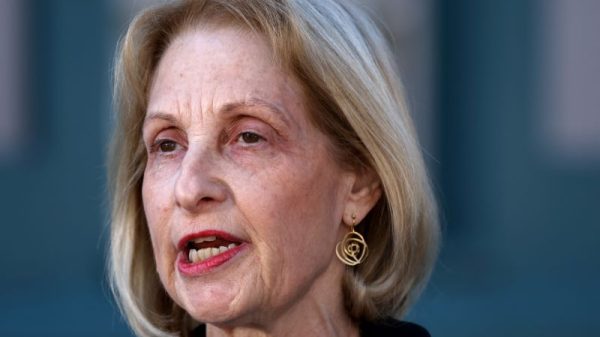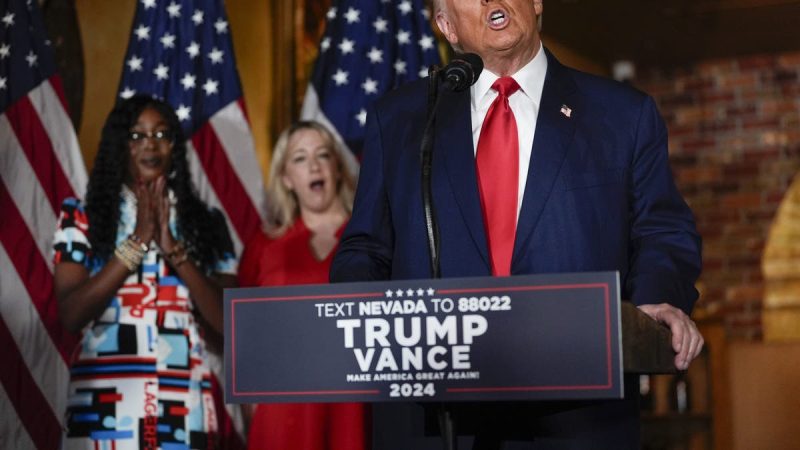With the 2020 presidential election having globally attracted attention, various strategies have been adopted by the participating parties to sway public opinion in their favor. A notable aspiring leader who set an intense campaign trail is President Donald Trump, employing a series of campaign events. Trump’s approach came at a time when anxiety and speculations were developing about Kamala Harris’s policy positions.
One of the palpable undertakings by Trump was amping the frequency of campaign events in the final stretch of the election. Known for his energy, Trump set a break-neck speed trying to put as many miles as possible between him and his opponent, Joe Biden. He embarked on a journey to traverse the vast nation, rotating from one swing state to the next. These included stops at Tampa, Florida, and Waterford Township, Michigan, among other venues, demonstrating his commitment to connect with the electorate and his fervor to retain the presidency.
Trump’s intensive campaign tour wasn’t just about showing up. It also strategically broadcast his take on crucial national issues. He utilized the platform like a mobile press room, positioning himself to deal with various social, economic, and political subjects that defined the American society. Within his speeches, the incumbent president expressed his stand on critical matters such as the COVID-19 pandemic, the economy, and jobs creation, which have been significant concerns for most Americans.
Amid Trump’s ambitious campaign strategy, speculations circulated concerning Kamala Harris’s policy positions. The Democratic Vice President candidate had been under extensive scrutiny over her stance on various pressing matters, including her views on healthcare reform, climate change, gun control, and education. Harris’ policy positions have been a significant point of discussion, as they can potentially influence Biden’s administration, should they win. However, despite the swirling rumors, the specifics about Harris’s policy agenda remained relatively obscure during the campaign period, stirring more debates and discussions.
In relation to this, Harris’s involvement in the legal system over her political career has also raised queries. The former California senator and attorney general has been criticized for her previous tough-on-crime approach, with implications for current issues like police reform and racial justice. It is these viewpoints which have raised questions from both Republicans and some factions of Democrats, calling for more transparency on her policy goals.
In the face of the uncertainties surrounding Harris’s standpoints, the Democratic party remained confident in her capability to positively influence the nation’s policies. They echoed their faith in her commitment towards advocating social justice, reforming healthcare, and addressing environmental quandaries through effective climate change policies.
The efforts in Trump’s campaign events and the curiosity concerning Harris’s policy positions greatly characterized the exciting buildup to the 2020 elections. It emphasizes how campaign strategies and a candidates’ stance on societal issues significantly impact voters’ decisions during an election. Despite the election results, these political developments provide valuable insights into the dynamics of election campaigning, and how communication and transparency are paramount in shaping a nation’s political landscape.









